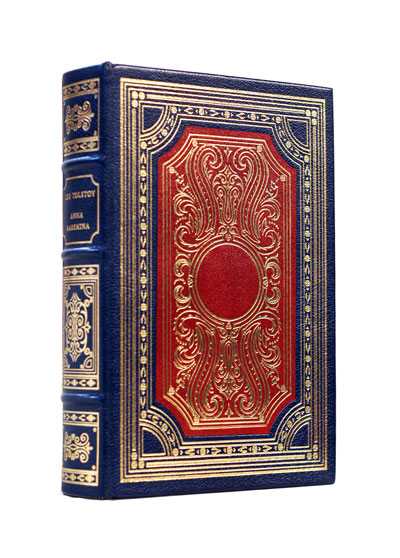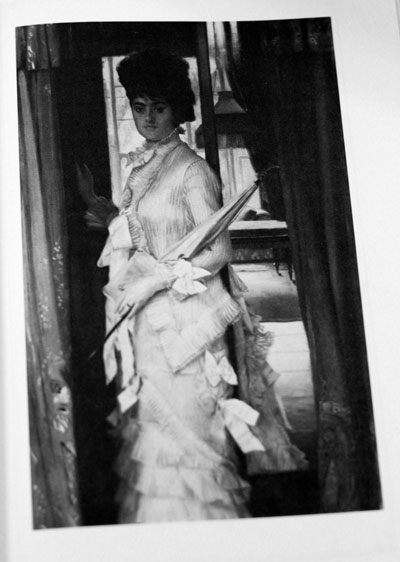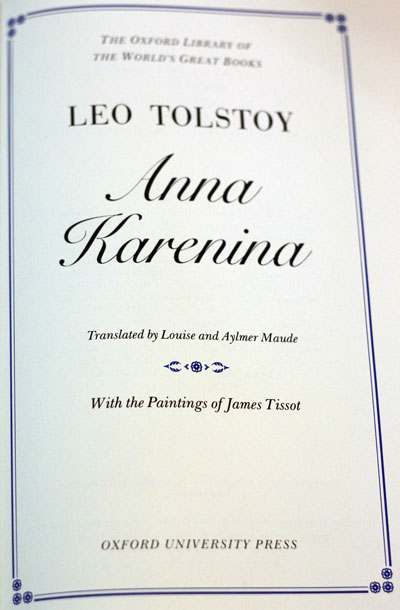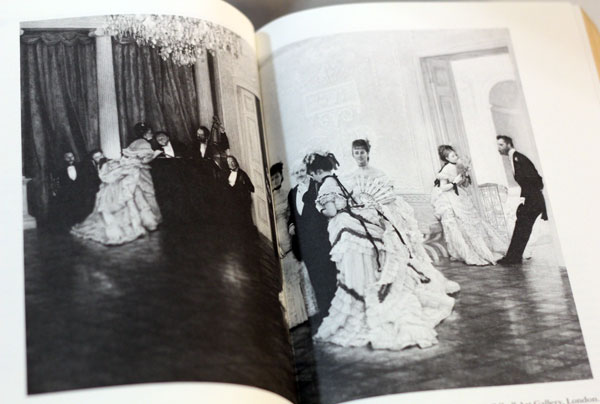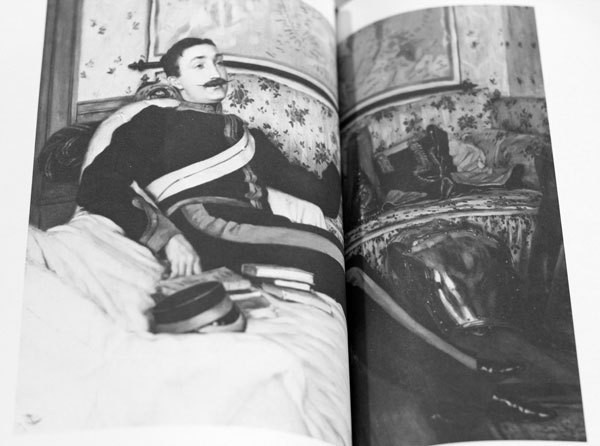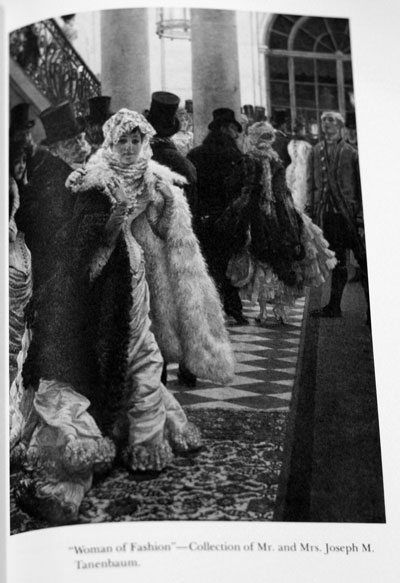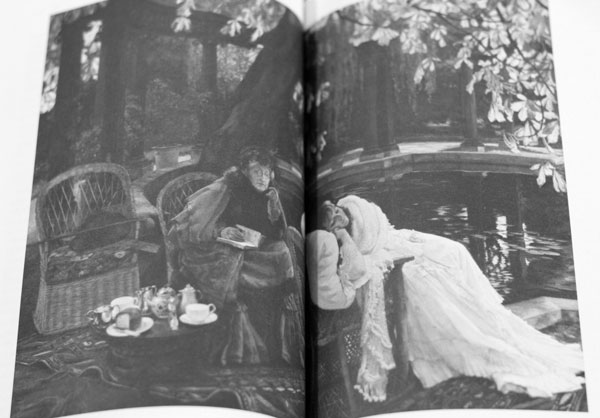About this edition:
This book is a triumph of book design and bookbinding, meant to last for generations. It features:
- Full top-grade leather binding
- Genuine 22k gold gilt to all edges, front design, spine, and back
- Marbled endsheets
- Satin bookmark, sewn-in
- Hubbed spine with raised bands
- Smyth-sewn binding for durability
- Premium acid-neutral archival paper that will not yellow
A writeup by a book collector at Librarything.com:
OXFORD UNIVERSITY PRESS AND FRANKLIN MINT: One Brief, Shining Moment
The Franklin Library, the publishing division of The Franklin Mint, was of course, at one time, the nation’s largest publisher of great books in fine bindings. Founded in 1973, it ceased publishing in 2000. Its early editions ~ fully bound in genuine premium-grade, hand-cut leather, selected for quality of grain and texture ~ were designed and bound by The Sloves Organization, Ltd., an affiliate of the mint, whose bindery was one of the few in the world devoted exclusively to the crafting of fine leather books.
Printed from 1981 to 1985,* the Oxford/Franklin volumes are gorgeous ~ absolutely stunning in their production qualities. Oxford University Press, in fact, specially chose the publishing division of The Franklin Mint to design and produce its World’s Great Books series because of Franklin’s unsurpassed skill in achieving a premium-quality product: each Oxford book must also be ‘a wonder’ in the finest of bookbinding traditions and, if possible, exceed Franklin’s high standard. By that prestigious election, Franklin thus was also doubly honored and formally recognized for the awesome reputation it had achieved in the publishing world throughout the decade of the 1970s.
It is because of that ‘brief, shining moment’ in publication history that these fine classic Oxford/Franklin editions generally surpass anything else ever produced either before or after that time by any of today’s renowned publishing giants. Relatively few titles in the multi-edition Great Books series were given the fabulous full-leather treatment; most were quarter-bound volumes ~ very lovely indeed by the lights of their own publication merits ~ but still unable to boast the same ‘Rolls Royce’ elegance of their full-leather counterparts.
About the Book (from wikipedia)
Anna Karenina is a novel by the Russian writer Leo Tolstoy, published in serial installments from 1873 to 1877 in the periodical The Russian Messenger.
Widely regarded as a pinnacle in realist fiction, Tolstoy considered Anna Karenina his first true novel.
Fyodor Dostoyevsky declared it to be “flawless as a work of art”. His opinion was shared by Vladimir Nabokov, who especially admired “the flawless magic of Tolstoy’s style”, and by William Faulkner, who described the novel as “the best ever written”. The novel is currently enjoying popularity, as demonstrated by a recent poll of 125 contemporary authors by J. Peder Zane, published in 2007 in “The Top Ten” in Time, which declared that Anna Karenina is the “greatest novel ever written”.
Plot summary:
Anna Karenina is the tragedy of married aristocrat and socialite Anna Karenina and her affair with the affluent Count Vronsky. The story starts when she arrives in the midst of a family broken up by her brother’s unbridled womanizing — something that prefigures her own later situation, though she would experience less tolerance by others.
A bachelor, Vronsky is eager to marry her if she would agree to leave her husband Karenin, a government official, but she is vulnerable to the pressures of Russian social norms, her own insecurities, and Karenin’s indecision. Although Vronsky and Anna go to Italy, where they can be together, they have trouble making friends. Back in Russia, she is shunned, becoming further isolated and anxious, while Vronsky pursues his social life. Despite Vronsky’s reassurances, she grows increasingly possessive and paranoid about his imagined infidelity, fearing loss of control.
A parallel story within the novel is that of Konstantin Levin, a country landowner who desires to marry Kitty, sister to Dolly and sister-in-law to Anna’s brother Oblonsky. Konstantin has to propose twice before Kitty accepts. The novel details Konstantin’s difficulties managing his estate, his eventual marriage, and his personal issues, until the birth of his first child.
The novel explores a diverse range of topics throughout its approximately thousand pages. Some of these topics include an evaluation of the feudal system that existed in Russia at the time; politics, in not only the Russian government but also at the level of the individual characters and families; and religion and morality.

